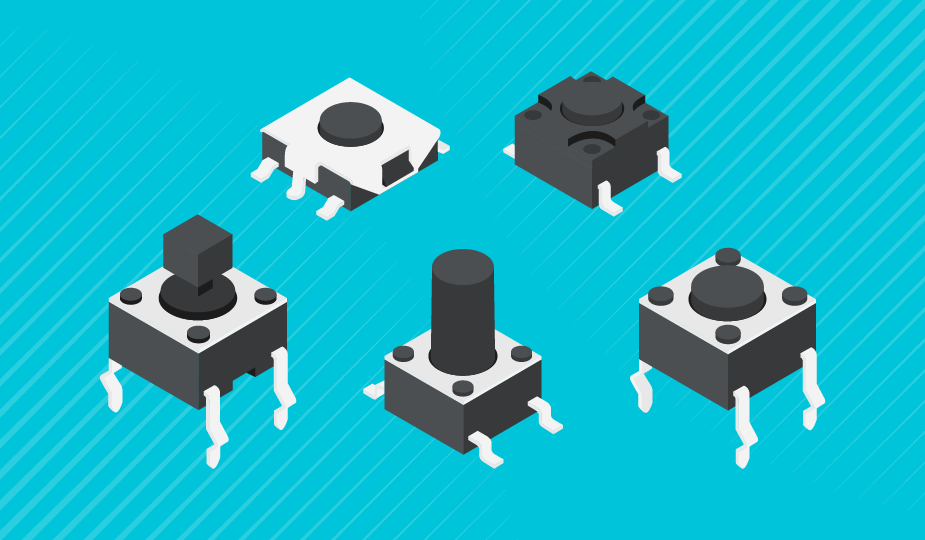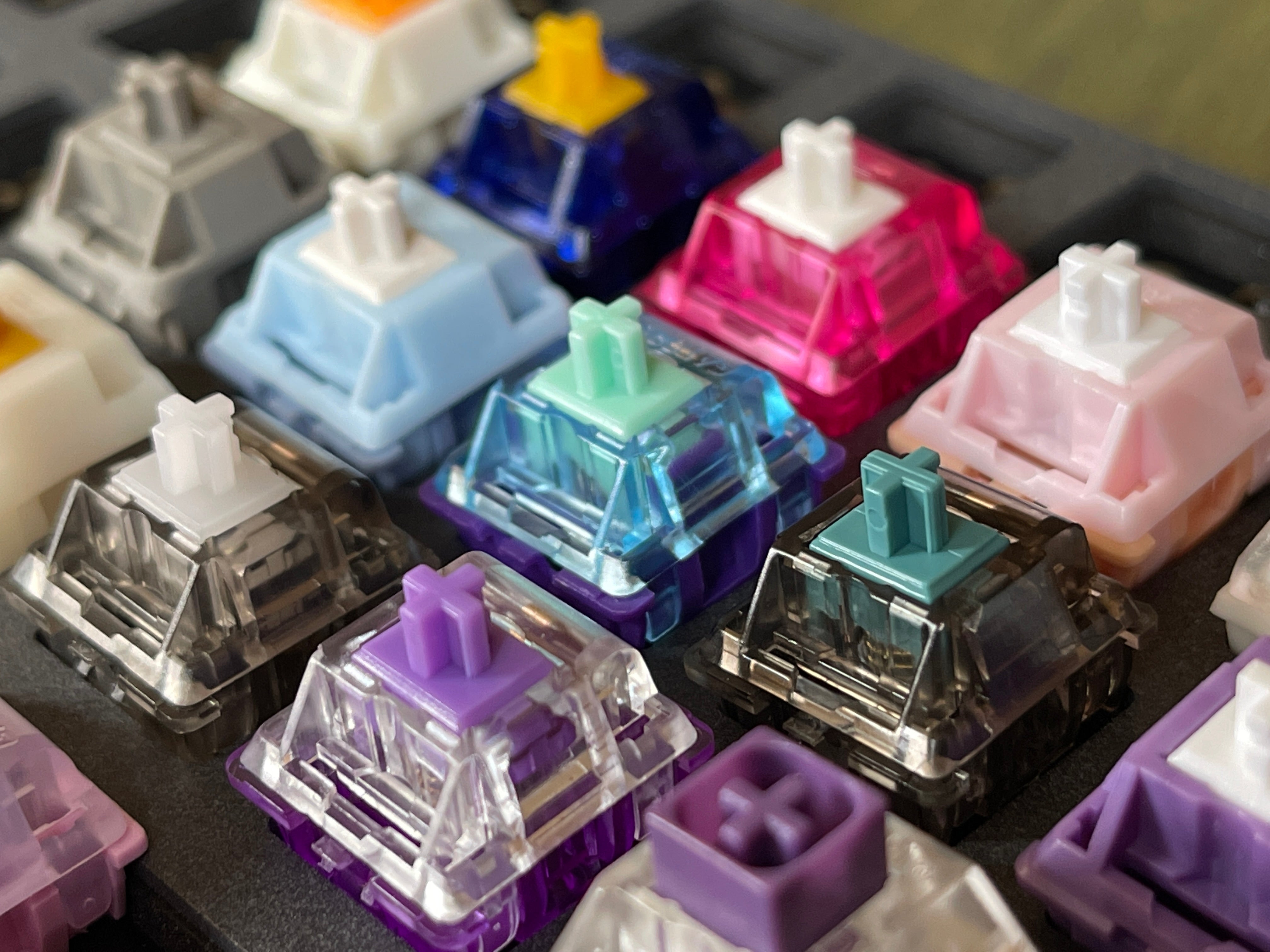If you want a satisfying press without loud clicks, tactile switches are a excellent option.
Understanding the Conveniences of Tactile Switches Over for Improved User Experience
Responsive buttons are essential to modern-day user interfaces, supplying physical responses that enhances interaction precision and customer fulfillment. By using an unique experience upon activation, tactile switches verify individual inputs without the requirement to draw away visual attention, enhancing task implementation and reducing error rates.
Checking Out the Mechanics of Tactile Switches Over
To understand exactly how tactile buttons boost user experience, it is necessary to look into their mechanics. Tactile switches operate with a system that customers can really feel and listen to when a key is pressed. This is achieved by integrating a little dome or bump within the button, which develops resistance at a specific point in the keypress pathway. When this factor is gone beyond, the resistance paves the way, creating a noticeable 'click.' This physical experience is crucial as it offers immediate physical feedback to the user, confirming that the input has been made without requiring to turn on the button totally.
The building and construction of these buttons differs, but typical products consist of steel for the get in touches with and rubber or silicone for the responsive dome - tactile switches. These elements are engineered to stand up to countless cycles, making sure durability and regular efficiency in time. This reliability makes responsive switches particularly preferred in atmospheres that demand fast, exact user input
Just How Tactile Comments Improves Precision and Speed
Several individuals locate that tactile responses from switches dramatically enhances both the precision and rate of their interactions with tools. The distinct physical feeling given when a tactile button is activated allows customers to confirm their input without needing to ascertain visually. This confirmation is vital in environments where interest is divided across several jobs, as it ensures inputs are both deliberate and correct.
Furthermore, the prompt feedback from tactile switches minimizes the moment taken in between actions. Users do not have to push tricks numerous times to ensure activation, causing quicker feedback times. This efficiency is particularly useful in high-speed keying circumstances where each millisecond can contribute to general efficiency.

Additionally, the enhanced sensory experience decreases individual tiredness and enhances engagement, making interactions more intuitive and much less susceptible to mistakes - tactile switches. visit their website Hence, tactile switches not just enhance the functionality of a gadget yet also add to a much more satisfying customer experience
The Function of Tactile Switches Over in Gaming Efficiency

Moreover, responsive buttons add to much faster reaction times. The physical feeling verifies the essential press without the demand to base out the secrets, allowing quicker inputs and a smoother gaming experience. This is particularly valuable in games that require quick and recurring keystrokes, where speed is often as vital as precision.

Tactile Buttons in Expert Environments
Responsive buttons are just as transformative in expert environments, where performance and ergonomic style enhance efficiency. These switches, generally located in high-precision keyboards, are treasured for their receptive responses - tactile switches.
In settings like control spaces or workshops, tactile buttons are integrated right into tools for their dependable efficiency. They use drivers the assurance required in high-stakes atmospheres, ensuring that every command or adjustment is carried out as meant. This dependability, coupled with the responsive feedback, helps Web Site preserve high degrees of focus and operational efficiency, crucial in keeping process and meeting professional standards.
Contrasting Tactile and Non-Tactile Interface
How do responsive user interfaces contrast to their non-tactile counterparts? Responsive interfaces, read what he said such as those with physical buttons or distinctive surfaces, supply immediate physical feedback through touch.
The option between responsive and non-tactile user interfaces commonly depends on the application's context and customer demands. Responsive user interfaces are invaluable in scenarios needing operation without straight line of view, such as driving or in certain industrial setups. On the other hand, non-tactile user interfaces can be exceptional in tidy or sterilized settings where physical switches may nurture impurities. Each kind has its staminas, and the optimum option enhances individual interaction, making certain efficiency and efficiency in customer experience.

Conclusion
In final thought, tactile switches significantly improve individual experiences by giving necessary physical feedback. By using a more instinctive and rewarding interaction, tactile buttons verify superior to non-tactile user interfaces, making them a preferred option for customers looking for integrity and efficiency in their communications with modern technology.